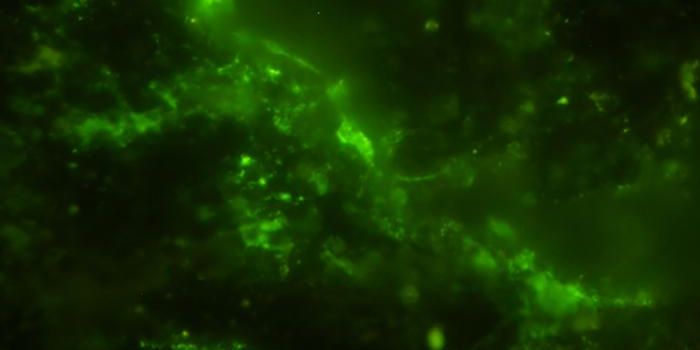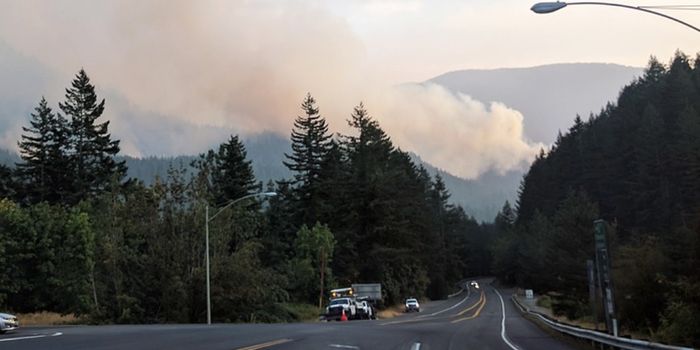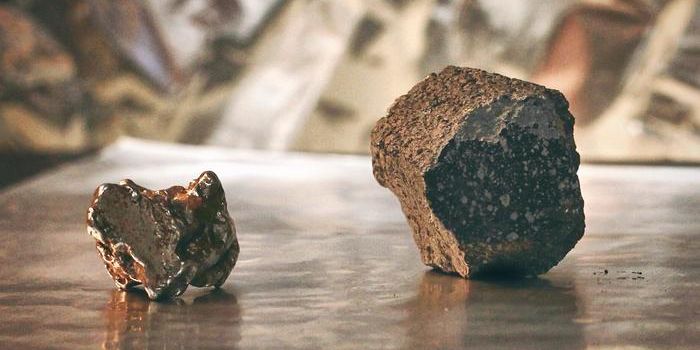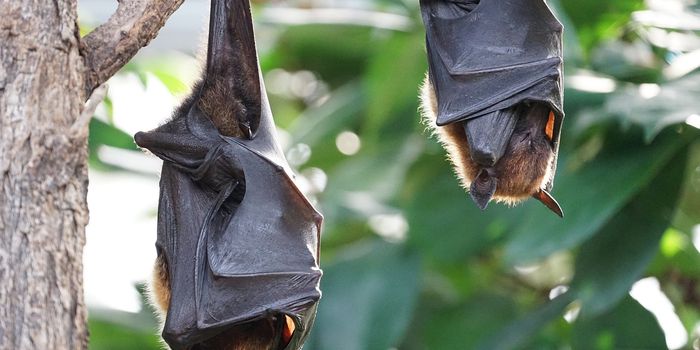Enhanced Weathering with Basalt Rock: A Win-Win for Carbon Reduction and Agriculture
A recent study published in Global Change Biology examines a novel carbon capture technique known as enhanced weathering (EW) that involves the application ground-up silicate rock to Midwestern farm fields in hopes of reducing the large amounts of carbon dioxide and keeping it from building up in the Earth’s atmosphere. This study successfully quantified this novel technique and holds the potential to help improve farming methods, which traditionally release large amounts of carbon dioxide into the atmosphere through row-crop agriculture.
“In addition to reducing emissions, we desperately need effective ways to draw down atmospheric carbon dioxide,” said Dr. Evan DeLucia, who is Director Emeritus at the Institute for Sustainability, Energy, and Environment (iSEE) at the University of Illinois at Urbana-Champaign, and a co-author on the study. “Our results suggest that basalt application to farms could be a win-win for farmers and for the planet, improving yields and drawing down CO2.”
For the study, the researchers conducted a 4-year analysis of EW by distributing ground basalt on miscanthus and maize/soybean farmlands at the University of Illinois Energy Farm. For the maize plots, the researchers discovered a reduction of 42 percent net carbon loss to the atmosphere from EW, along with increasing carbon storage in the miscanthus by more than double from EW.
Image of basalt being applied to plots at the University of Illinois Energy Farm as part of the study into enhanced weathering. (Credit: Institute for Sustainability, Energy, and Environment (iSEE))
Quantifying carbon release from farmlands not only helps scientists better understand the amount of carbon being released into the Earth’s atmosphere, but it also helps landowners and farmers determine the amount of basalt rock application is necessary to help them obtain carbon credits, as well. The amount of basalt rock and length of time it will achieve the desired effect of carbon sequestration depends on both environmental conditions and rock composition.
“As we look for new ways to offset carbon emissions, we need to be able to quantify those carbon savings to better compare our options,” said Dr. Ilsa Kantola, who is an iSEE research scientist and lead author of the study.
How will EW help reduce carbon dioxide being released from the soil into the atmosphere in the coming years and decades? Only time will tell, and this is why we science!
As always, keep doing science & keep looking up!
Sources: Global Change Biology, EurekAlert!, Wikipedia, University of Illinois Urbana-Champaign, CarbonCredits.com









